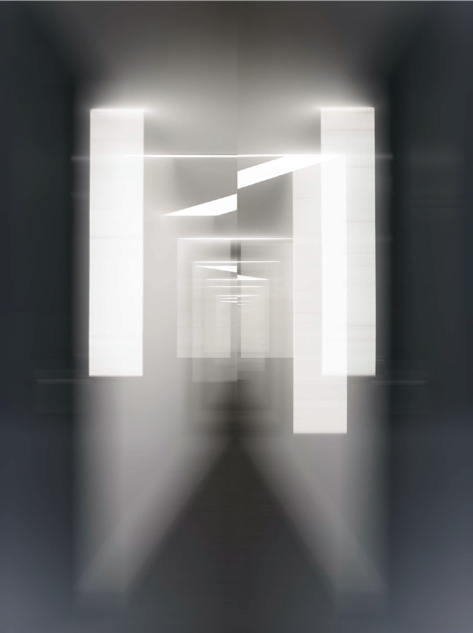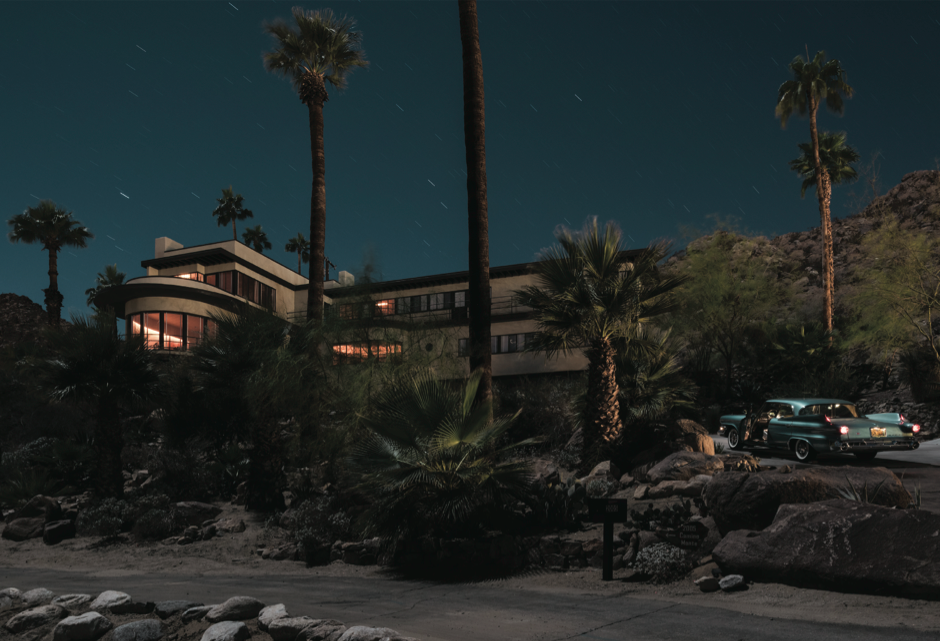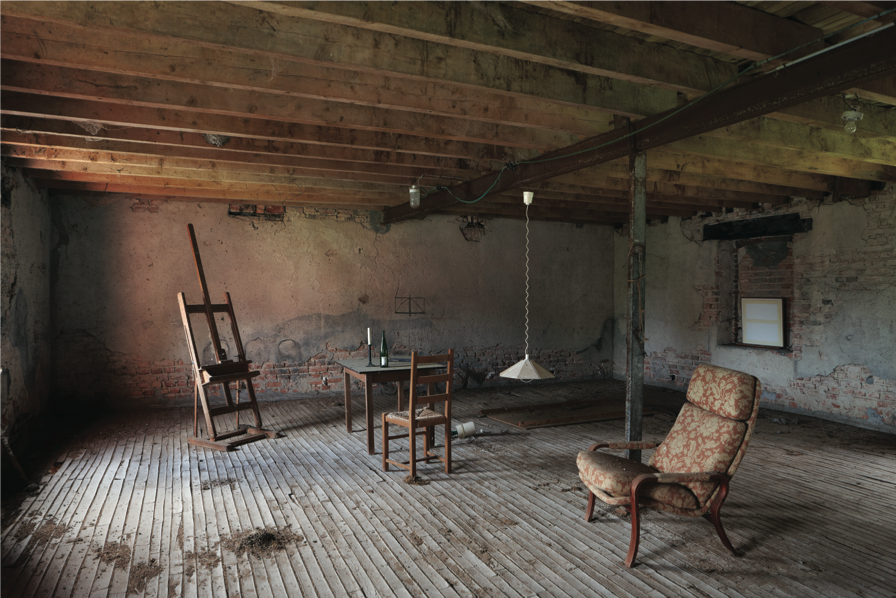
Photo-graphics: behind the lens
Share
Above: External Inversion, Shannon McGrath 2016.
Images of the spaces that inspire and the exteriors that excite are brought to us through the eyes and lenses of a community of highly skilled photographers, who spend their days and nights capturing the imagination behind those walls while they are being inhabited. In their downtime the focal point may shift, but the passion for the format remains, looking beyond the boundaries of commissions to a personal world of architectural and spatial appreciation inspired by travel and the experience of space.
When she isn’t framing up the work of architects like Hecker Guthrie and Matt Gibson Architecture and Design, Shannon McGrath focuses her attention on the relationship between the human body and the built environment. Presently studying a Master of Fine Arts at RMIT, McGrath produces graphic, modernist and inversely translucent works that are reminiscent of Josef Albers’ glassworks, fused with the third dimension explored by Olafur Eliasson and US minimalist, Donald Judd.
“I try to use light in a way that helps to transform, if only for a moment, our sense of ourselves and our notion of the world around us,” says McGrath, who adds she is informed by, “Judd’s precise positioning of sculptures that reinforce the relationship between object, space and architecture.”
Nowhere is this relationship more evident than in the small Texan city of Marfa. “There is no place like Marfa, where artist Donald Judd and town have married to become a full experience of what art can be and how precise objects are placed to take in the architectural surrounding,” McGrath says. “Judd’s objects were made for the particular spaces rather than his art being placed in space as we usually see in galleries and museums. You cannot get a better viewing experience.”
Turning the compass north-west from Marfa, we find ourselves in the equally iconic, modernist mecca of Palm Springs – think succulents, set to a backdrop of minimalist concrete forms and arid Californian landscapes. Palm Springs has played home to Frank Sinatra and Leonardo DiCaprio, a city as mid-century modern as the architectural aesthetics for which it is known. Tom Blachford has captured its desert and deserted mood in a series of late night, long exposure portraits of lodgings and landscapes that line the city’s suburban streets.
Blachford’s Midnight Modern series has a cinematic quality that reminds us of the great US photographers, Joel Sternfeld, and his contemporary, Gregory Crewdson. Like Sternfeld and Crewdson, Blachford brings beauty to the banal, with a sensitivity for the light and the dark that somehow expresses the warmth of California’s modernist capital through starlit hues.
For Dianna Snape, travel provides a pause in life and allows her to experience photography in an intimate and non-affected way, shifting her lens from the pristine to the decayed. “I am commissioned to either accentuate and enhance the polished finish and beauty of the interiors or to express the activation of the spaces,” she says, adding she is “drawn to the end of the life of the interiors, the quietness and degradation of their life”. For Snape, it is the way spaces have taken on their own aesthetic that she finds intriguing. “I thoroughly enjoy that in these circumstances the space dictates the photography,” she says.
On holiday south of Paris, Snape found herself capturing the beautifully decayed studio of a French violinist. The resulting image places us in the moment, blending through a historical documentation the life the room has led until now. Personal or professional, photography is, in its purest sense, a form of documentation, a way to give something a new life that will endure past its physical existence.
Similarly, Tokyo’s iconic Hotel Okura, designed in 1962 by Yoshiro Taniguchi, caught the eye of Derek Swalwell. “Its evocative dedication to detail – lush hallways, beautiful paper-screened walls, stunning lobbies and furniture throughout drew me in,” he says. Now with the original hotel largely demolished, Swalwell’s Wake series has given its exquisite interior a new existence, portraying the space and the experience of the hotel’s guests.
If Swalwell, like his fellow photographers, isn’t behind the lens he is in front of the screen in post-production, leaving little time for extracurricular work. Regardless, Swalwell says he is continually generating new ideas and developing personal projects. “If I didn’t allow myself to work on ideas and themes away from my daily activities, I’d be in fear of losing touch with the reasons I got into photography in the first place!” he says, perhaps also speaking for his peers. “The value in shooting personal work and submerging yourself in side projects as a commercial photographer simply can’t be understated,” he stresses. And, for us, the exploration brings the value of inspiration – both of and for our walls.



















